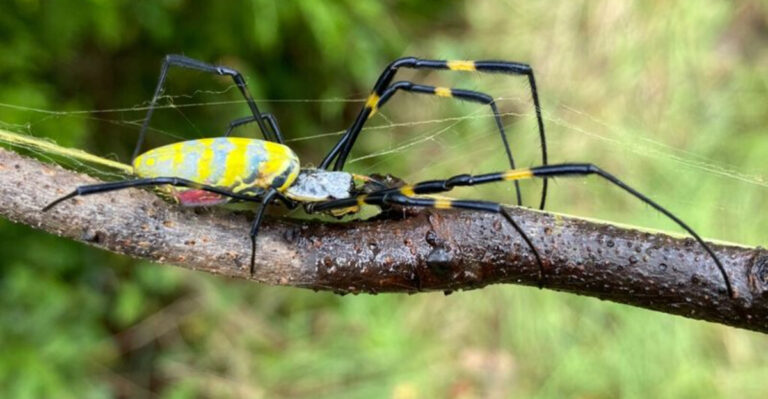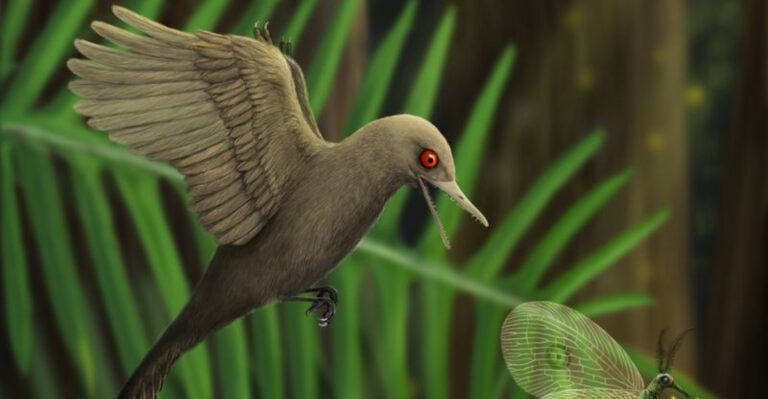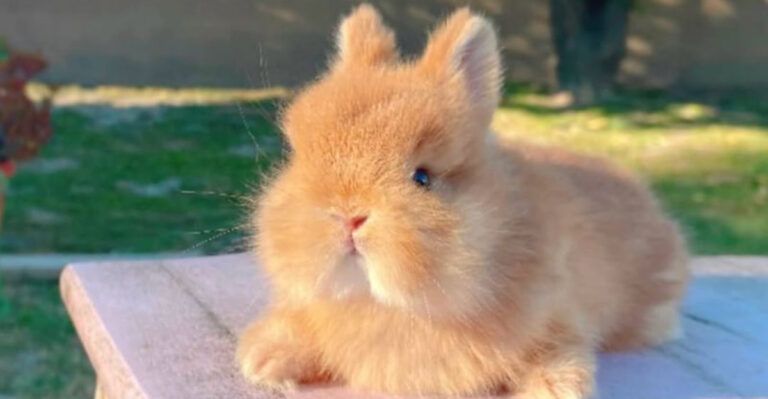How Far Do Monarch Butterflies Travel And What You Need To Know
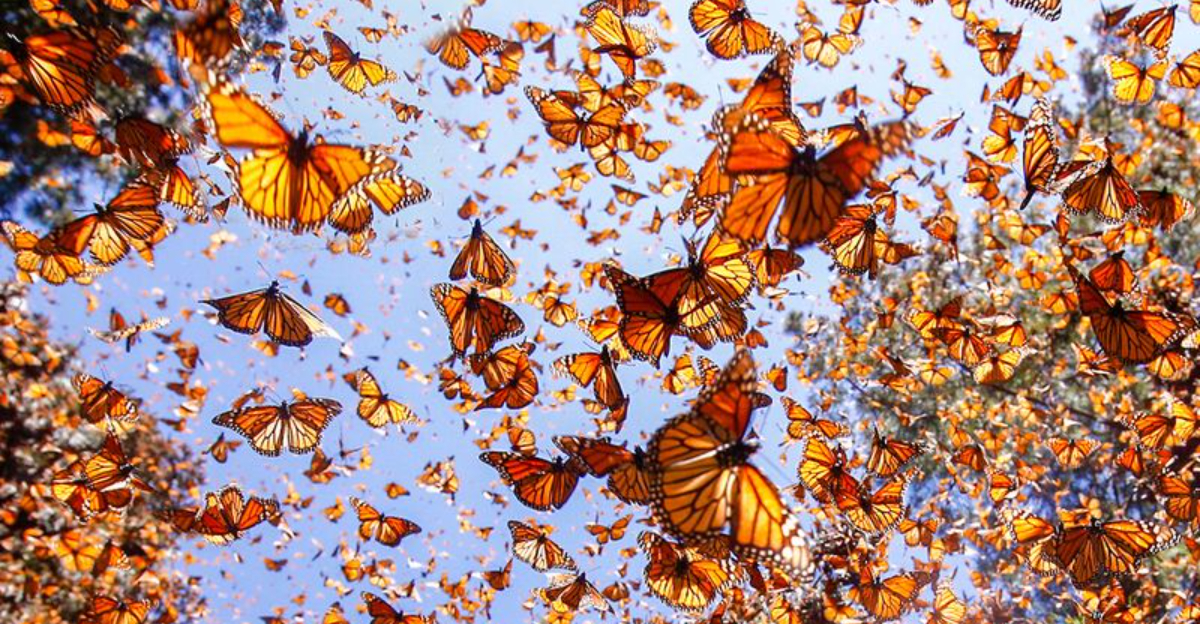
Monarch butterflies are nature’s incredible travelers, embarking on one of the most remarkable journeys in the insect world.
These orange and black beauties fly thousands of miles each year between North America and Mexico, a migration that spans multiple generations. Understanding their epic journey helps us appreciate these delicate creatures and the challenges they face in our changing world.
Monarch Migration: An Annual Journey
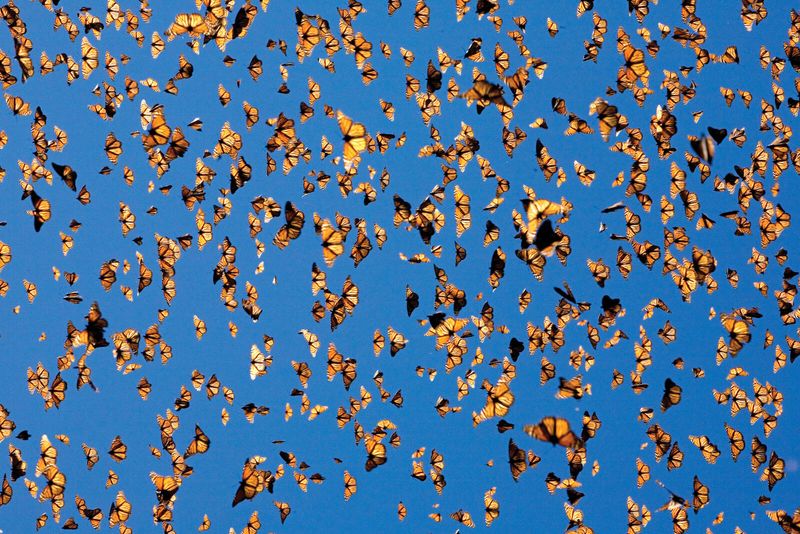
Every autumn, millions of monarchs take to the skies in a spectacular display of instinct and endurance. Their wings, no thicker than paper, carry them southward across an entire continent.
This incredible pilgrimage has occurred for countless generations, a natural phenomenon that predates human civilization.
The Incredible Distance Monarchs Cover
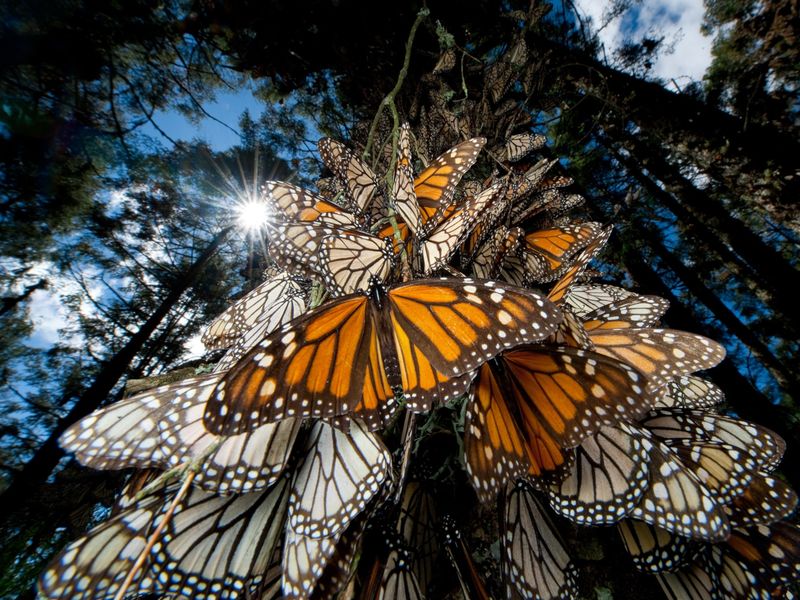
Would you believe these fragile insects travel farther than many migratory birds? Some monarchs journey up to 3,000 miles—equivalent to a human walking from New York to Los Angeles!
At merely half a gram in weight, they’re the lightweight champions of animal migration.
Why Do Monarchs Migrate?
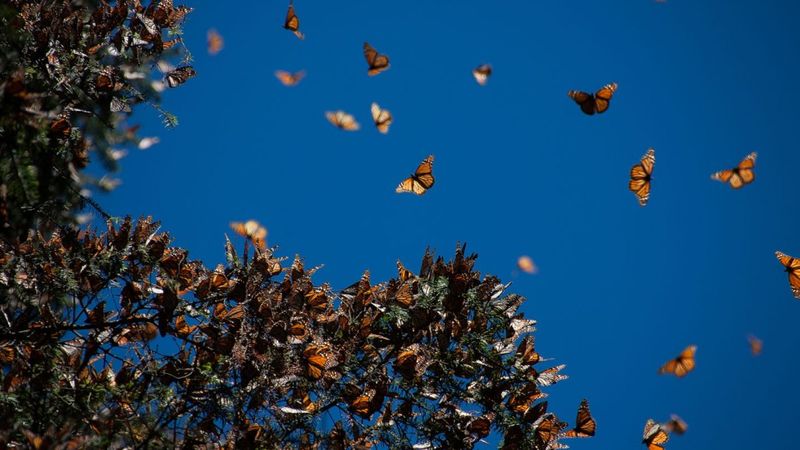
Survival drives their epic trek. Northern winters would freeze these tropical-loving insects, so they’ve evolved to seek Mexico’s mild climate.
Unlike birds that migrate for food, monarchs journey specifically for temperature. The oyamel fir forests of Mexico provide the perfect microclimate—cool enough to slow their metabolism without freezing them.
Monarch Migration Route
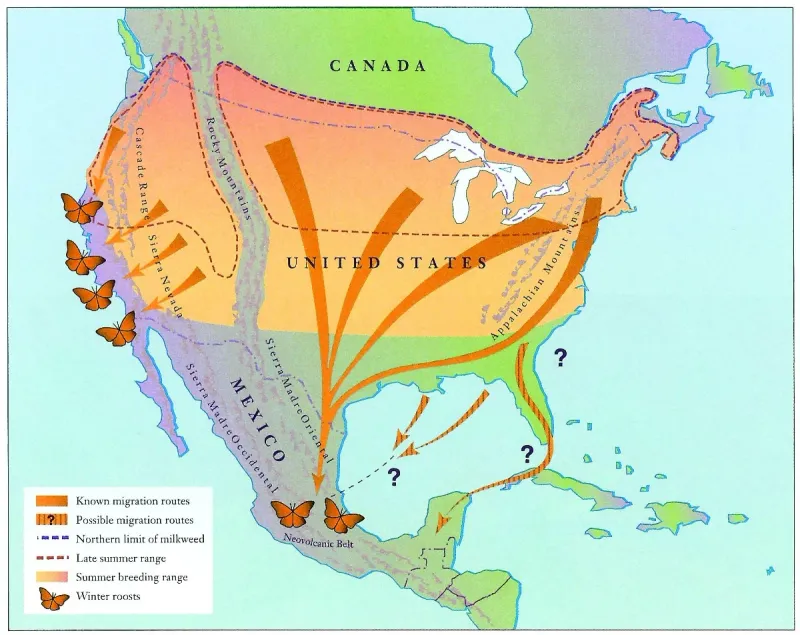
Starting from Canada and the northern United States, monarchs follow invisible highways in the sky. Eastern populations funnel through Texas toward central Mexico, while western monarchs head to coastal California.
The path isn’t random—they follow the same corridors year after year, often using the same trees their ancestors did.
Generations And Monarch Migration
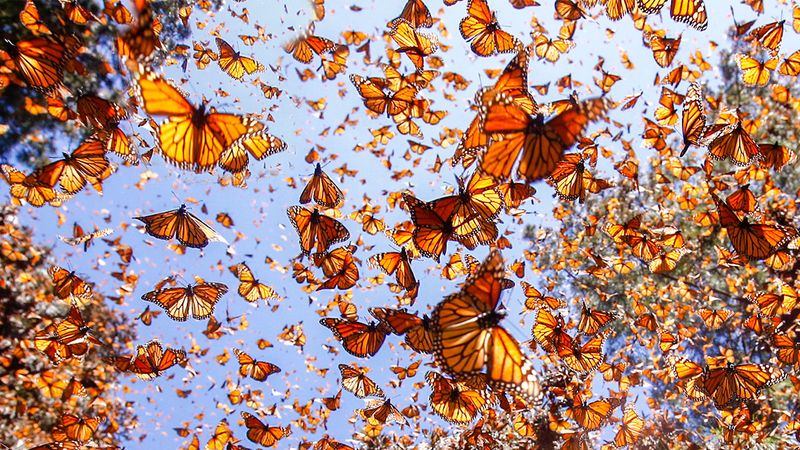
Here’s where things get truly fascinating: the migration spans multiple generations! The butterflies flying south in fall are the great-grandchildren of those who flew north the previous spring.
Scientists call the migratory generation “Methuselah monarchs” because they live 8 months—about 4 times longer than summer monarchs.
How Monarchs Navigate Their Migration
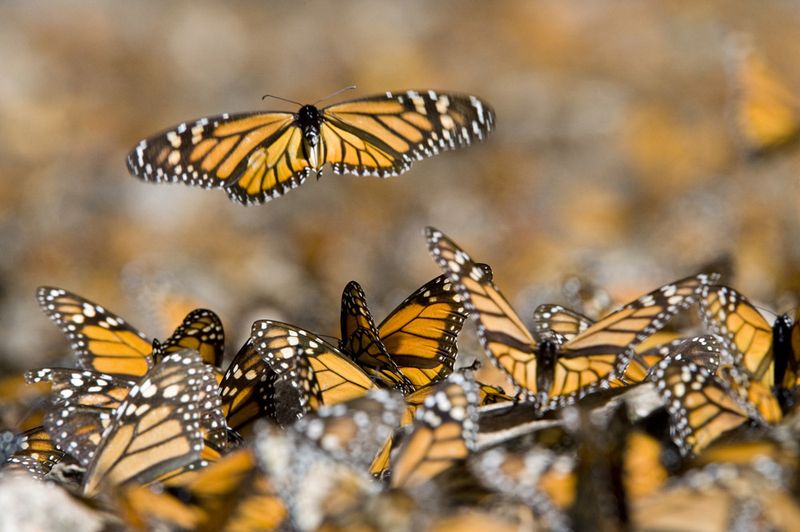
Monarchs possess a built-in GPS system that would make any navigator jealous. Their tiny brains contain specialized cells that detect Earth’s magnetic field, like a living compass.
They also use the sun’s position and visual landmarks. Most amazing of all? This navigation knowledge is genetically programmed, not learned!
Challenges Monarchs Face On Their Journey
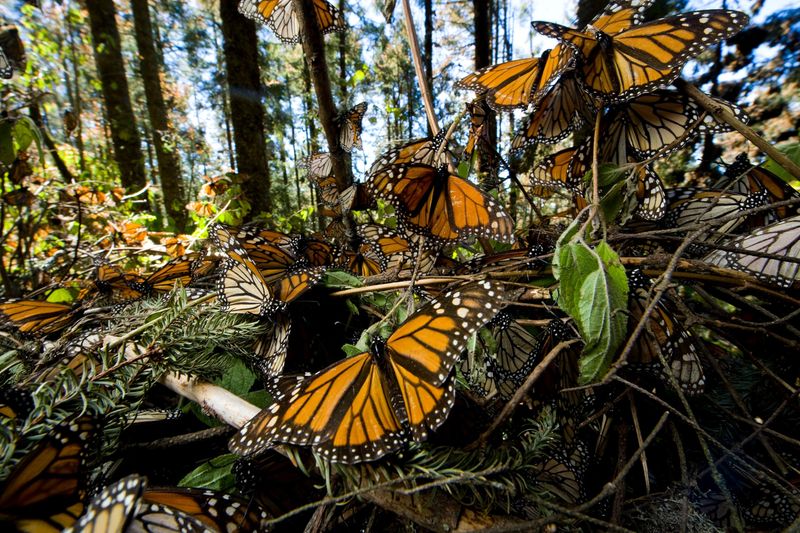
Storms can blow these lightweight travelers hundreds of miles off course. Drought eliminates water sources they desperately need.
Human development has created “migration deserts” where food and shelter once existed. Pesticides and climate change further threaten their journey, making each migration more perilous than the last.
Monarch Butterflies And Their Overwintering Sites In Mexico
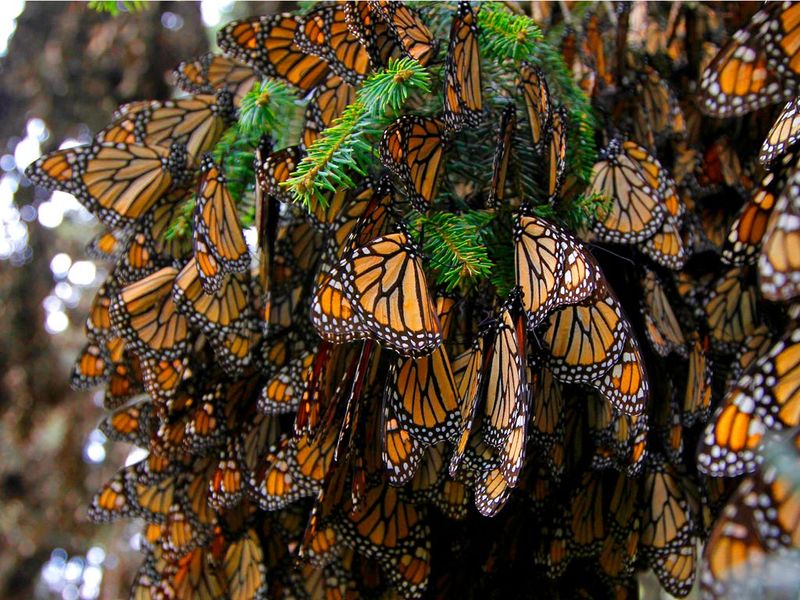
Deep in Mexico’s mountains, monarchs create one of nature’s most breathtaking spectacles. Millions cluster on oyamel fir trees, turning entire forests orange with their wings.
These sites sit at perfect elevations—high enough to be cool but not freezing. The butterflies enter a semi-dormant state, conserving energy until spring warmth awakens them.
The Role Of Milkweed In Monarch Migration
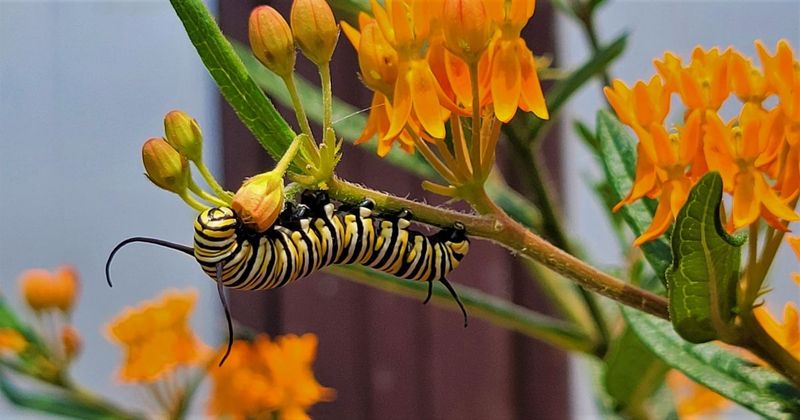
Milkweed isn’t just food—it’s the monarch’s pharmacy and nursery rolled into one. Female monarchs lay eggs exclusively on these plants, which provide toxic compounds that make monarchs poisonous to predators.
Without milkweed along migration corridors, the entire journey becomes impossible. The plant’s decline directly correlates with dropping monarch numbers.
Monarchs’ Return Journey
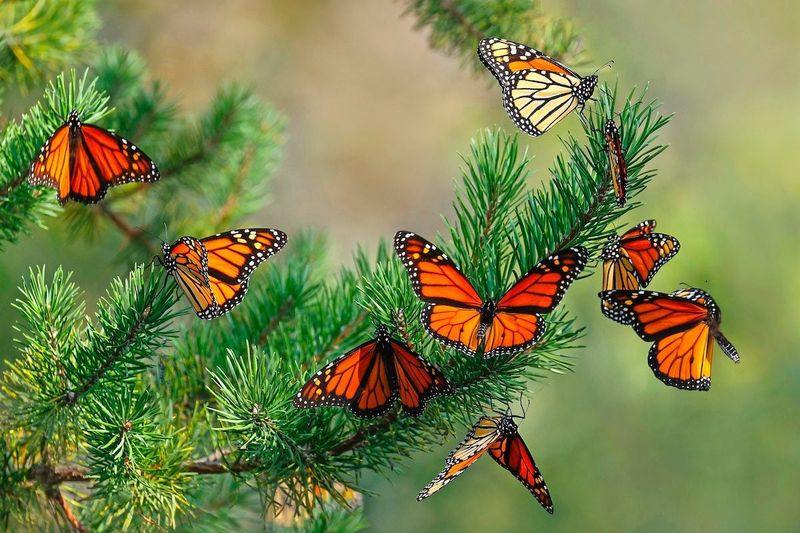
Spring brings stirrings among the clustered monarchs as warming temperatures signal time to move. Unlike the southern journey, the return north happens in stages.
The overwintering generation flies partway north, mates, lays eggs on emerging milkweed, then dies. Their offspring continue the journey in relay-race fashion, with 2-3 generations completing the full northern migration.
The Importance Of Conservation Efforts
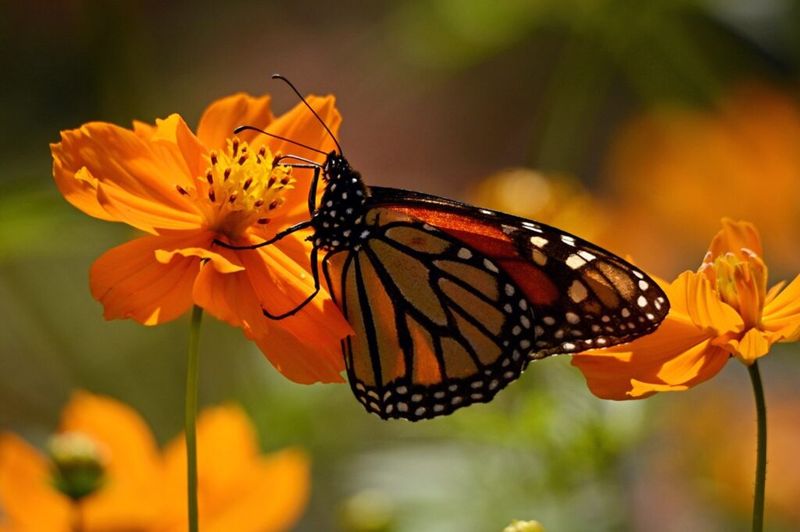
Monarch populations have plummeted by over 80% in recent decades. This isn’t just about losing butterflies—it signals broader ecosystem disruption.
Conservation efforts span three countries and countless communities. Programs like the “Monarch Highway” aim to restore milkweed corridors along Interstate 35, which follows their central migration route.
How You Can Help Monarch Butterflies
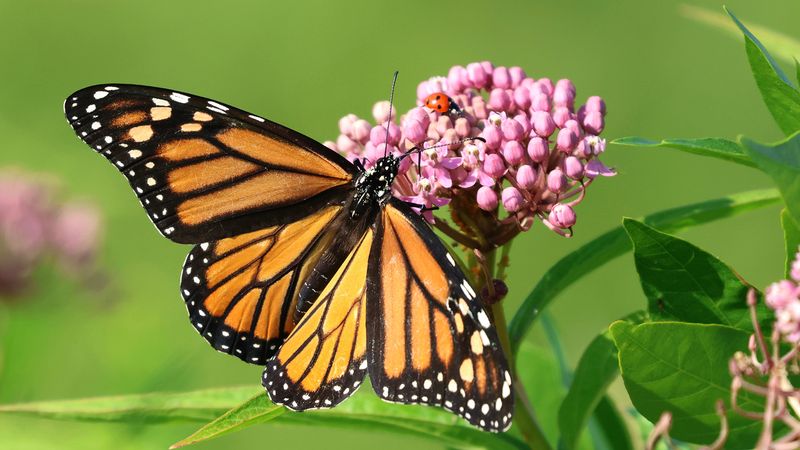
Your backyard can become a monarch rest stop! Plant native milkweed species (avoid tropical varieties) and nectar-rich flowers like zinnias and coneflowers.
Avoid pesticides, especially on flowering plants. Join citizen science projects tracking monarchs, where your observations help scientists monitor population trends. Even small actions multiply when communities work together!


